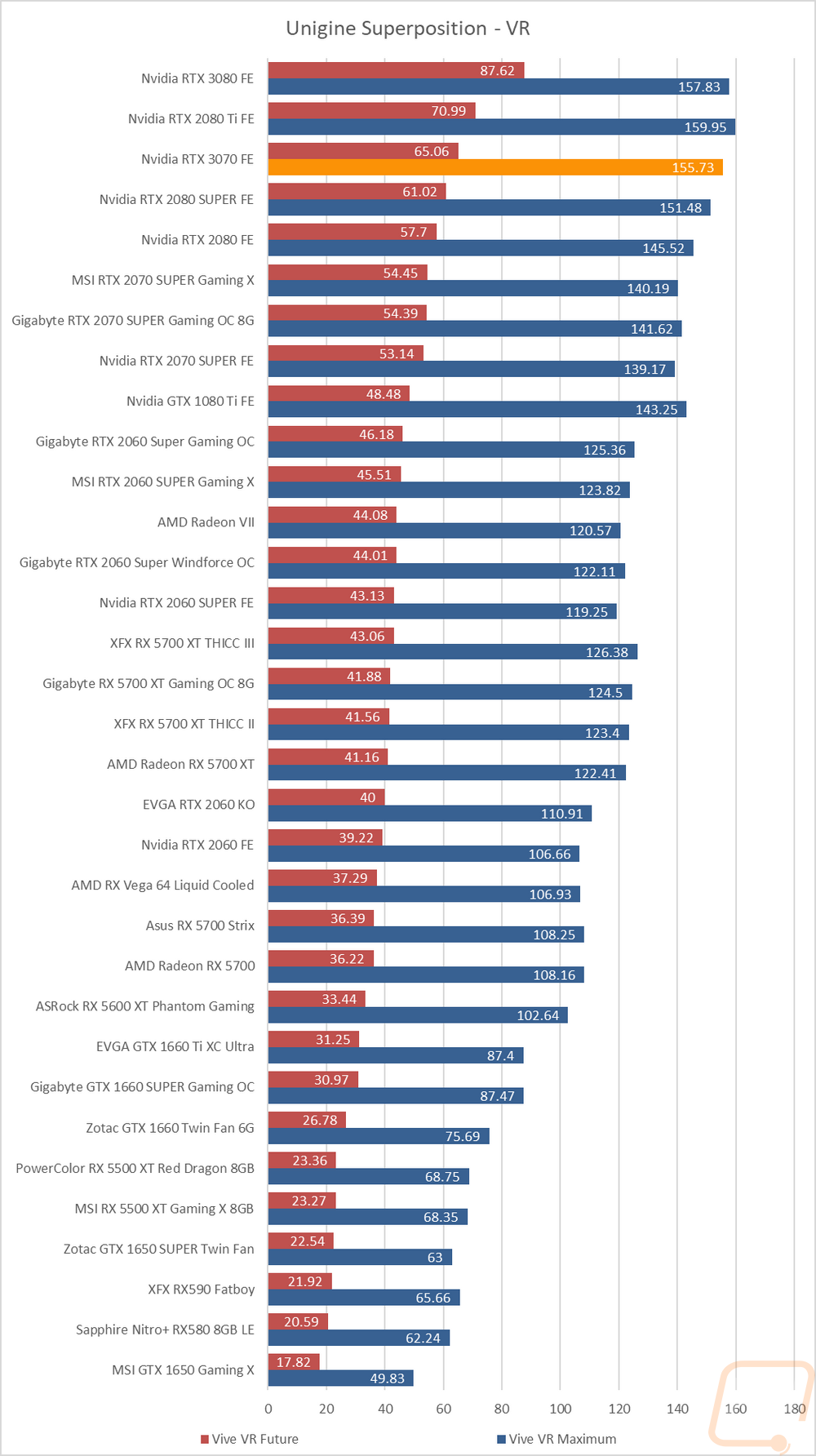

This article examines the performance of different rendering software on Compute Engine instances. How can you tell if your workload would benefit from a new product available on Google Cloud? You can define each individual resource to complete a task within a certain time, or within a certain budget.īut as new CPU and GPU platforms are introduced or prices change, this calculation can become more complex. With the flexibility of cloud, you can right-size your resources to match your workload. To learn more about comparing on-premises hardware to cloud resources, see the reference article Resource mappings from on-premises hardware to Google Cloud. While this may be a good starting point, the performance of a physical render server is rarely equivalent to a VM running on a public cloud with a similar configuration. When gauging render performance on the cloud, customers sometimes reproduce their on-premises render worker configurations by building a virtual machine (VM) with the same number of CPU cores, processor frequency, memory, and GPU. To learn more about deploying rendering jobs to Google Cloud, see Building a Hybrid Render Farm. When faced with a looming deadline, these customers can leverage cloud resources to temporarily expand their fleet of render servers to help complete work within a given timeframe, a process known as burst rendering.

For our customers who regularly perform rendering workloads such as animation or visual effects studios, there is a fixed amount of time to deliver a project.


 0 kommentar(er)
0 kommentar(er)
